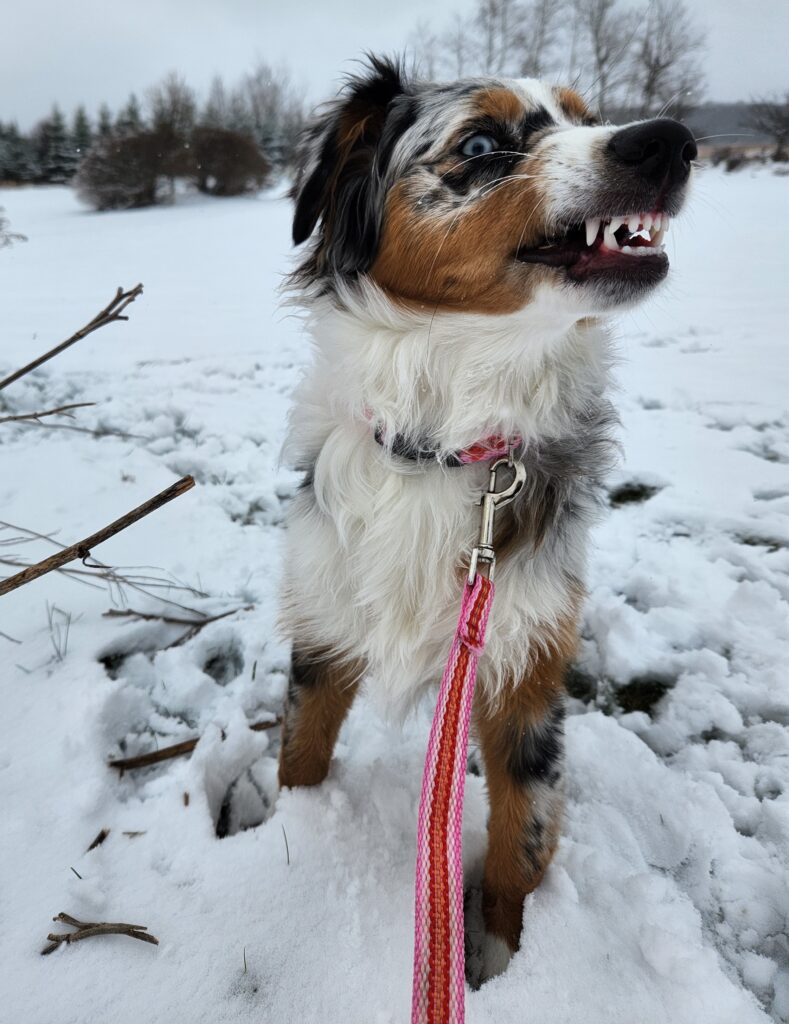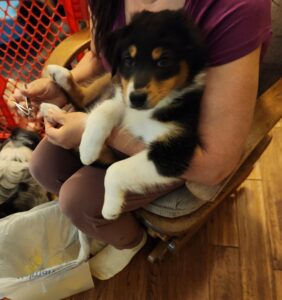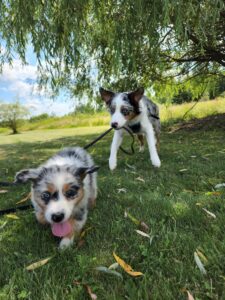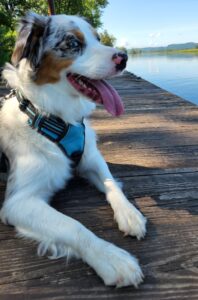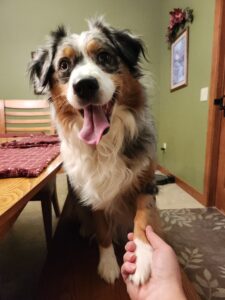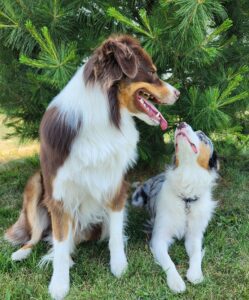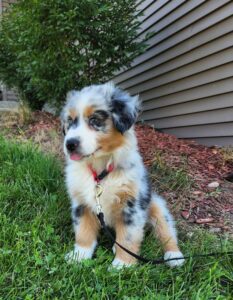Welcoming a new puppy into your home is an exciting journey that comes with its unique challenges and joys. Puppy potty training is one of those challenges. In the initial weeks, it’s akin to running a bustling daycare as your new companion establishes routines involving eating, play, and, of course, potty breaks.
The Essential Role of Consistency
Consistency is the linchpin of effective house training. Frequent outdoor trips are necessary, especially after waking, returning from work, and after meals. These outdoor excursions should occur every hour when the puppy is out of the crate and awake. Take the puppy to the same place when taking him out to do his business. Your puppy should not be brought back inside until they have gone potty. The consistency extends to using the same phrases, such as “let’s go out,” “outside,” and “potty.” These ideas assist when taking the puppy out so he associates the phrase with the act.
Navigating the Puppy Routine
Puppies are adorable whirlwinds of energy, but they also follow a predictable routine. They tend to relieve themselves 15-30 minutes after meals or drinking water, immediately upon waking, and during moments of play, stress, or excitement. Take a puppy out every hour when awake and lengthen that time as you learn their routine. Watch your puppy for the first few weeks, whenever he starts to sniff around, spin in a circle, smell his rear, squat, or bark/scratch at the door create a distraction by using the phrase you chose to take him out.
Do not bring the puppy back inside the house until it has used the restroom outside. This can become a waiting game early in potty training. Generally, the rule for how long a dog can “hold it” is the same number of hours they are to the number of months old. Big breeds have a greater capacity to wait while small breeds may need to go more frequently. By seven months of age, they should have learned to tell you when they need to go outside. Understanding and adapting to this routine is crucial for successful potty training.
Praising Positive Behavior
Puppies respond remarkably well to positive reinforcement. Offering praise and treats when the puppy uses the designated area creates a positive association, reinforcing the behavior you want to encourage. Never make a puppy smell their bodily excrement, they know what it is, and doing so isn’t teaching them anything about potty training.
Crate or Kennel Training
Puppies do not like to eliminate where they sleep or eat. If you can’t watch your puppy, then put them in the crate or kennel. When they are out in your home, you will need to keep the area they are in small. As they get better at going potty outside you can give them more freedom in a larger area. Move slowly at increasing the area. If they have accidents, make the area smaller again. Adjusting the space they receive inside is a great way to train them.
Establishing a Routine with Other Dogs
If you have other dogs, they can play a crucial role in establishing a routine for the new puppy. However, it’s vital to ensure that the new puppy follows good bathroom habits and doesn’t adopt any undesirable practices from older dogs. A word of caution if you have other dogs—be sure your new puppy goes to the bathroom in a designated area away from your other dogs until you know their parasite test is negative.
Dealing with Accidents
Accidents are an inevitable part of the house training process. When accidents occur, startle the puppy with a loud clap and use the designated command for outdoor relocation. When cleaning the soiled area, use an enzyme cleaner or odor neutralizer designed specifically for pet waste.
Weather Related Issues
Many puppies dislike eliminating when it rains or squatting in the snow. First experiences with either may be troublesome. Using an umbrella for rain or creating a path in snowy conditions can encourage them. Stressed or scared puppies are more prone to accidents in the house. Double up on treats so they know going potty in adverse weather gets extra rewards. Understanding their behavior during these times and providing reassurance can aid in the training process.
Consistency, Patience, and Praise
No two puppies are alike, and their learning speeds can vary. With consistency, patience, and praise, all puppies can learn to eliminate in an approved location. The journey to a fully housetrained puppy might have its challenges, but the rewards of a well-behaved and happy companion are well worth the effort.

